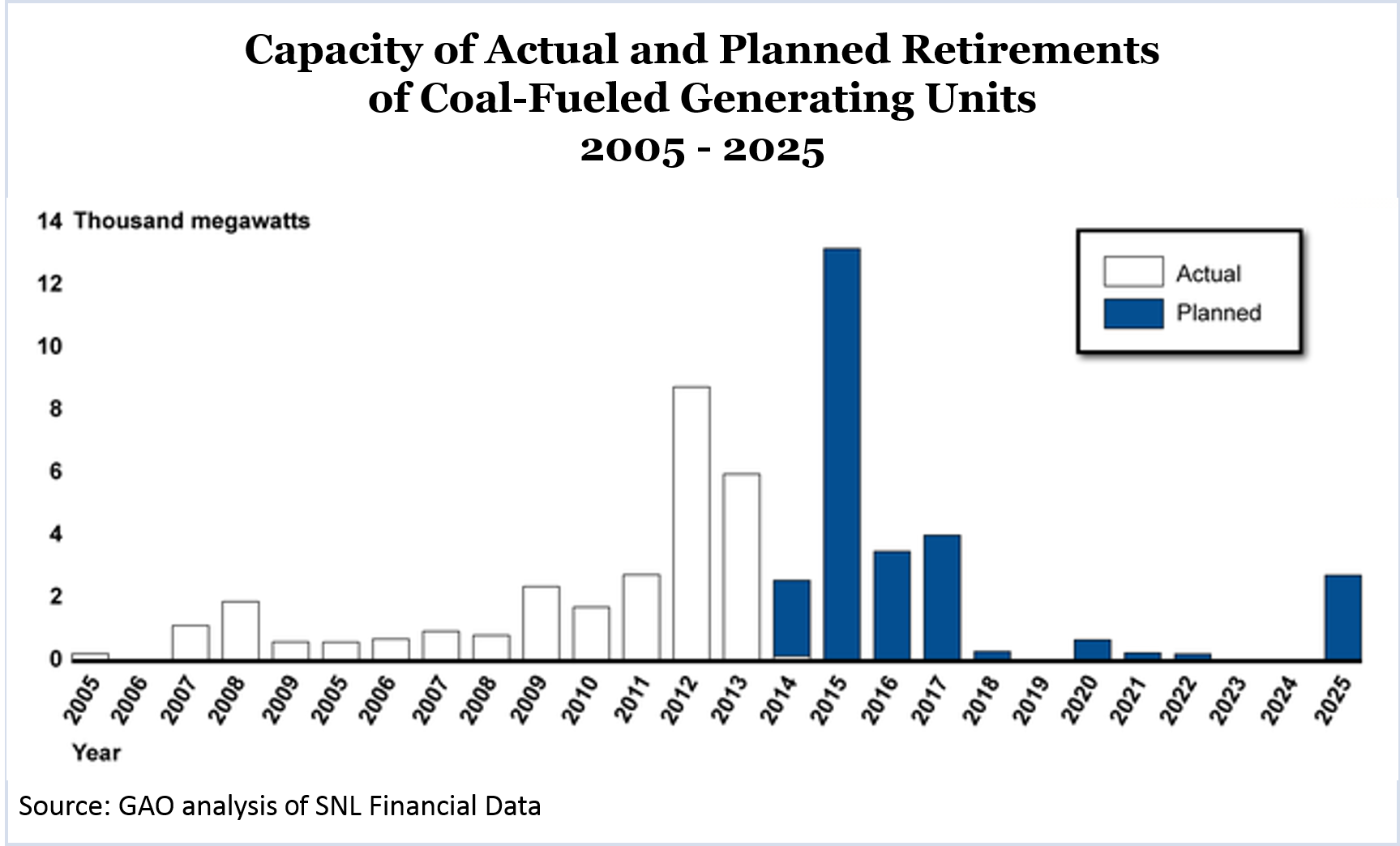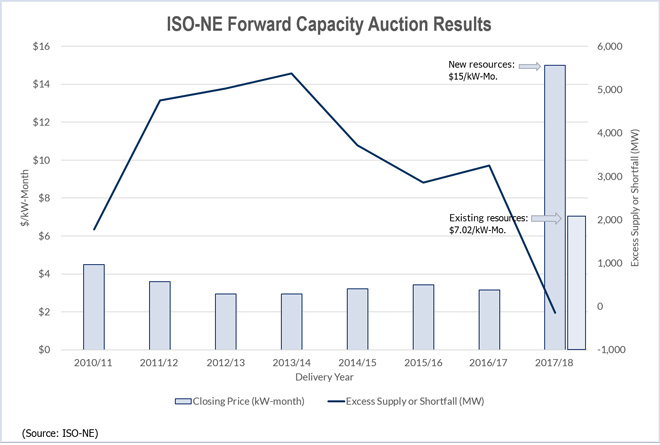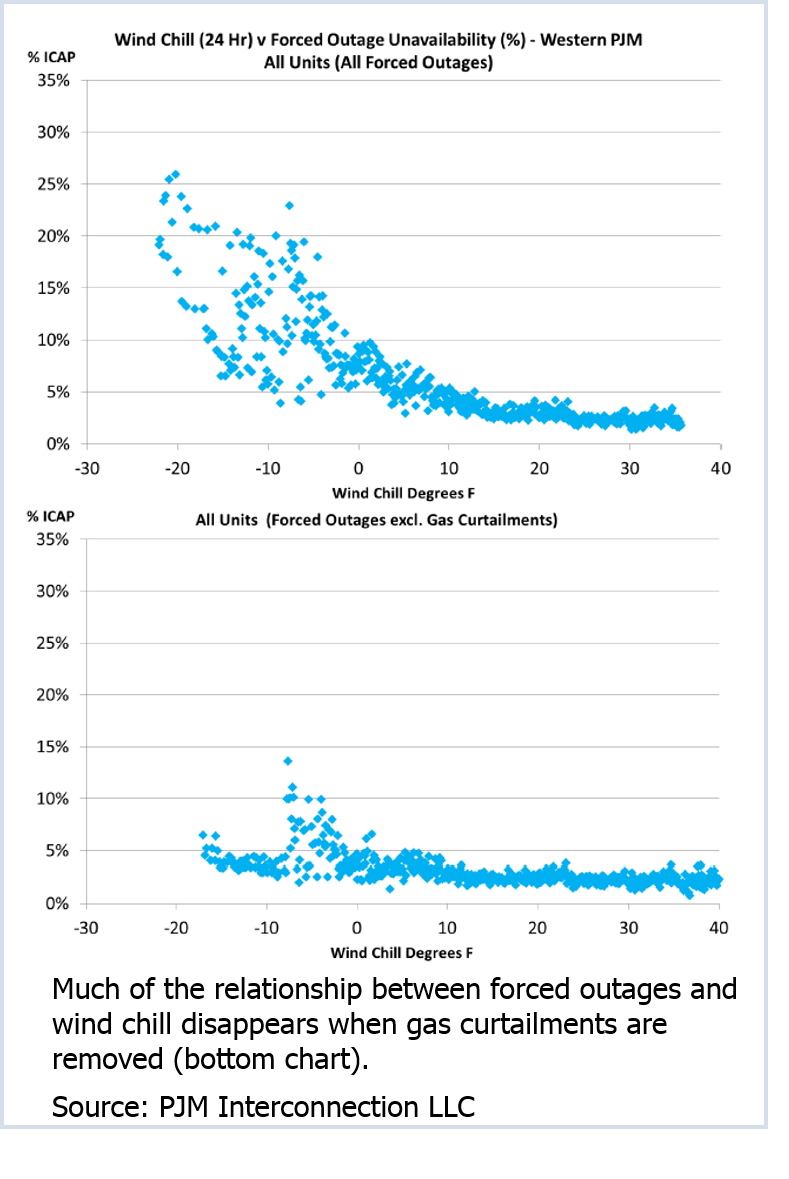
At the same time, the GAO is reducing its forecasts for coal capacity receiving retrofits to meet Environmental Protection Agency emission regulations to 70 GW, down from its previous forecast of 102 GW.
About 38% of the total 42.2 GW expected to retire are in four PJM states: Ohio (14%), Pennsylvania (11%), Kentucky (7%) and West Virginia (6%), according to the GAO report released last week.
In a 2012 report, the GAO called for the EPA, the Department of Energy and the Federal Energy Regulatory Commission to develop a formal, joint process for monitoring the electric industry’s response to EPA regulations.
The new report said the agencies have taken steps to implement the recommendation, including regular joint meetings with RTO officials and other stakeholders.
The new report, requested by Alaska Sen. Lisa Murkowski, the ranking Republican on the Senate Energy and Natural Resources Committee, makes no additional recommendations.
Senate Confirms 2 for US NRC Posts

The Senate last week confirmed two nominees to the Nuclear Regulatory Commission, bringing the commission to full strength. Jeffrey Baran, aide to Rep. Henry Waxman (D-Calif.), and Stephen Burns, a former NRC general counsel, were confirmed with votes that generally fell along party lines.
Baran replaces Bill Magwood, who has accepted a position with the Paris-based Nuclear Energy Agency. He will finish Magwood’s term, which expires June 30, 2015. Burns will replace George Apostolakis, who left June 30 after the White House did not re-nominate him. Burns’ term will run through June 30, 2019.
More: The Wall Street Journal (subscription required)
EPA to Accept Comments on Carbon Rule Until Dec. 1
The Environmental Protection Agency has extended the comment period on its proposed carbon emission rule for 45 days to Dec. 1.
“We’ve got a number of requests from a variety of stakeholders that they would like more time,” Janet McCabe, acting assistant administrator for the Office of Air and Radiation, said in a press conference Tuesday.
The rule, which would affect existing power plants, is intended to cut carbon emissions from the power sector 30% below 2005 levels when it is fully implemented in 2030. The agency has received about 750,000 comments so far. McCabe said the expanded comment period would not affect plans to finalize the rule by June 1, 2015.
More: EPA
White House Threatens Veto on Energy Bill Package
The Obama Administration last week threatened to veto a package of Republican-sponsored House bills that include expanding offshore drilling, approval of the Keystone XL pipeline and expedited approval of liquefied natural gas exports.
Republicans passed the proposals in a move to emphasize their stance against President Obama’s energy policies. But the White House said the bills “would roll back policies that support the continued growth of safe and responsible energy production in the United States” and run contrary “to the administration’s commitment to promoting safe and responsible domestic oil and gas development.”
More: The Hill
Consumers Energy Reaches Accord with EPA and Justice Department

The EPA in 2007 and 2008 alleged that the company violated opacity regulations and operated some plants without necessary permits or that required emissions-control equipment. The company also agreed to pay a $2.75 million civil penalty.
The company also agreed to retire seven of its oldest coal-fired power plants: three units at the J.R. Whiting Generating Complex near Luna Pier; two at the B.C. Cobb Generating Plant in Muskegon; and two at the Karn/Weadock Generating Complex near Bay City, with a combined capacity of 950 MW.
More: PennEnergy
NRC Approves Use of New Reactor for North Anna

The NRC’s OK was part of the design approval and construction permitting process for the Virginia utility. Dominion says it expects to receive necessary approvals in 2016 for North Anna 3, although it has not yet decided whether to build the unit.
The NRC’s approval brought some criticism. “No reactor is earthquake-proof, and Dominion has no business building another reactor on an active fault line,” said Glen Besa, director of the Sierra Club’s Virginia chapter. North Anna’s two 980-MW reactors were out of service for three months after a 5.8-magnitude earthquake in 2011. A comprehensive inspection concluded the plant suffered no damage.
More: The News & Advance
US Gas Production Keeps on Rising
Natural gas production in the U.S., bolstered by shale-gas drilling, continues to increase steadily. A report by Bentek Energy estimated that production increased 0.4 billion cubic feet per day from July to August. Bentek says production set a record of 69.04 billion cubic feet per day on Aug. 29, eclipsing a record set the previous month.
“The U.S. continues to break natural gas production records almost on a daily basis,” said Jack Weixel, Bentek’s director of energy analysis. August was the eighth consecutive month of production increases. Compared to August last year, natural gas production was up 6%.
More: PennEnergy
Sherwood-Randall Confirmed as DOE Deputy Secretary

Sherwood-Randall was President Obama’s adviser on nuclear weapons and arms control since 2013. Before that, she was his European affairs adviser. She will replace Daniel Poneman, who stepped down as deputy secretary in June after five years.
“Liz’s confirmation comes at a historic time in our nation’s energy evolution,” Energy Secretary Ernest Moniz said. “She joins us with deep expertise in the department’s nuclear security mission, including both nuclear weapons and countering proliferation.”
More: The Hill
DOE Report Finds No Water Woes from Fracking
A Department of Energy report that tested water wells near a natural gas drilling site that was hydraulically fractured found no evidence that fracking had contaminated groundwater. The study, released last week, found that no chemicals used in the fracking process had migrated to six test water wells at a Pennsylvania site.
Critics said the study was too small to prove that fracking is safe. They called for tighter regulation of drilling until a final determination is made.
More: ABC News



